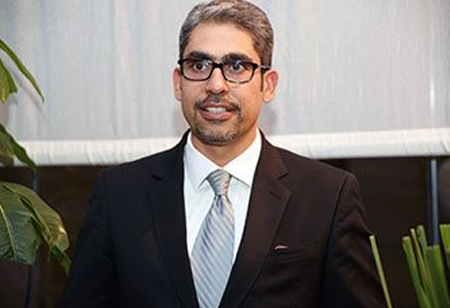
The Indian HVAC Industry is one of the largest markets in Asia, and saw around USD 3 billion of air conditioning equipment sales in 2018. This was primarily dominated by the residential air conditioner (AC) segment, which contributed to around 80 percent of the overall air conditioning equipment business in India. The growth trends for HVAC sales in the country has also been strong in the past decade, and is estimated to be around nine percent per annum for the next five years. This growth is owing to the significant potential around air conditioning penetration which currently stands at a mere seven percent for the entire country, and improved standards of living.
In addition, with focus shifting around technology and energy efficiency, the HVAC industry is also undergoing a massive and steady transformation. Air conditioners are energy intensive equipment, and contribute to around 40-50 percent to an average building electricity load. With such a significant contribution of electricity consumption happening from air conditioning, the government has been taking strict measures to promote reduced consumption and sustainability.
The Bureau of Energy Efficiency (BEE), Ministry of Power, has been enforcing regulations on electricity consumption by air conditioners, by doing upward revisions in the Energy Labelling Programme periodically, in favor of energy efficient systems. We have seen a massive turnaround in the sales of inverter-based air conditioners in the residential market, wherein their sales may have equaled conventional fixed speed ACs in 2018. In addition, while this program was earlier restricted to room air-conditioners only, it is now getting extended to Chillers, VRF and other packaged products as well.
The current focus isn’t limited to increasing the efficiency ceiling for manufacturers. The government is also promoting sales of these high efficiency equipment by launching sales schemes for these ACs at subsidized rates. This shall not only support the quicker adoption and affordability of high efficiency ACs, but also lead to significant energy conservation, once widespread.
Also, the government is consistently increasing focus on phasing-out ODP refrigerants (phase out of all HCFC based refrigerants by 2030), and phasing-down high GWP (HFC based) refrigerants, in line with India’s commitment to the Kigali Amendment of Montreal Protocol. This shall ensure widespread usage of sustainable HFC based refrigerants, and also faster adoption of new HFO based superlow GWP refrigerants. In addition, the upcoming Quality Control Order (QCO) and the new e-waste policy shall ensure uniform manufacturing or disposal standards, hence bringing all manufacturers at parity. All these measures are being taken by the government to promote sustainable practices in the country, and to ensure that there are no scopes for miscommunication by different brands in the customer lifecycle journey.
While regulations around energy efficiency are getting tightened, there is a significant intervention of technology for driving maximum efficiency out of existing air conditioning equipment in large buildings, and also for carrying- out advanced prognostics to ensure minimized downtime. Customers are slowly getting aware of advanced IoT solutions for remote monitoring of their air conditioning equipment. These solutions provide real-time feed of vital parameters of the systems, and help identify any unforeseen breakdowns, raising flags well before the breakdown has even happened. In addition, integrated solutions are getting popular amongst corporate buildings, where management of all electric loads (lights, ACs, fire systems, and others) are available to the customer on a single platform.
Carrier has been working relentlessly in this regard by constantly introducing high-efficiency products in the Indian markets. While the HVAC industry in the country grows steadily, it is important for manufacturers to understand and adapt to changing trends around efficiency and technology. The customer demands are shifting towards being more digital or IoT centric. In addition, onus lies with the manufacturers and the government to help shift focus in buying behavior from first cost to lifecycle cost of the products. This shall help us in the long run to take giant steps in our journey towards being a more sustainable country.

